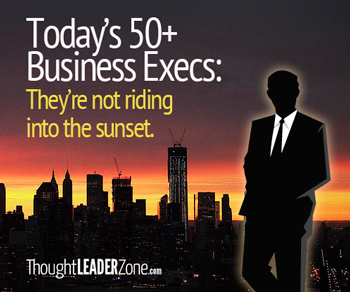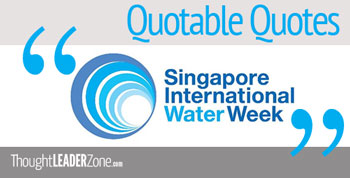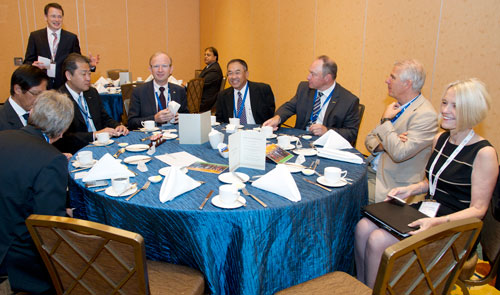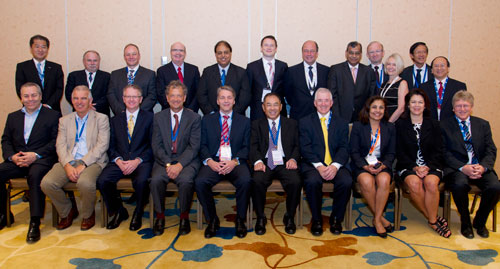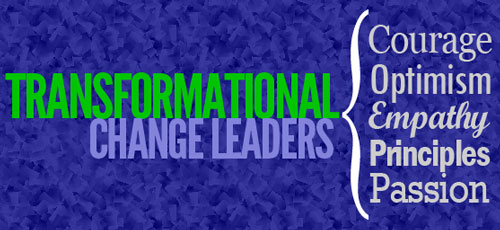See related post: Gray Matters, Part 1: Assessing executive career opportunities after age 50
When older, over-50 workers break through the “gray ceiling” and continue their careers, that can mean fewer jobs for younger workers. Several years ago, Fortune Magazine described this workplace phenomenon in this way: “Generation X, it would seem, is in danger of turning into the Prince Charles of the American workforce: perpetual heirs apparent awaiting the keys to the kingdom.”
More recently, Sylvia Ann Hewlett pointed out in a Harvard Business Review blog: “Unlike Prince Charles, though, Gen X’ers don’t plan to stick around and hope for the crown.”The blog cited a survey from the Center for Talent Innovation (CTI) that found 37% of Generation X workers surveyed were looking to leave their current employers within the next three years and co-related that to the lack of promotion possibilities in companies that retain older workers.
Suggestions for holding onto both generations of workers included mentoring programs that pair up Baby Boomer managers with Generation X employees and setting up intergenerational teams that will bond them to each other and to the company.
Are you doing all the right things to reward Generation X workers if you can’t promote them? How can you keep them engaged and committed until they, too, are old enough to hit — and then break through — the gray ceiling? Ask, assess, then act. We’re here to help!
See related posts:
Another Gray Matter: Dorian Gray and Lessons in Authentic LeadershipPart 1: Assessing executive career opportunities after age 50
Photo credit: mharrsch on Flickr


